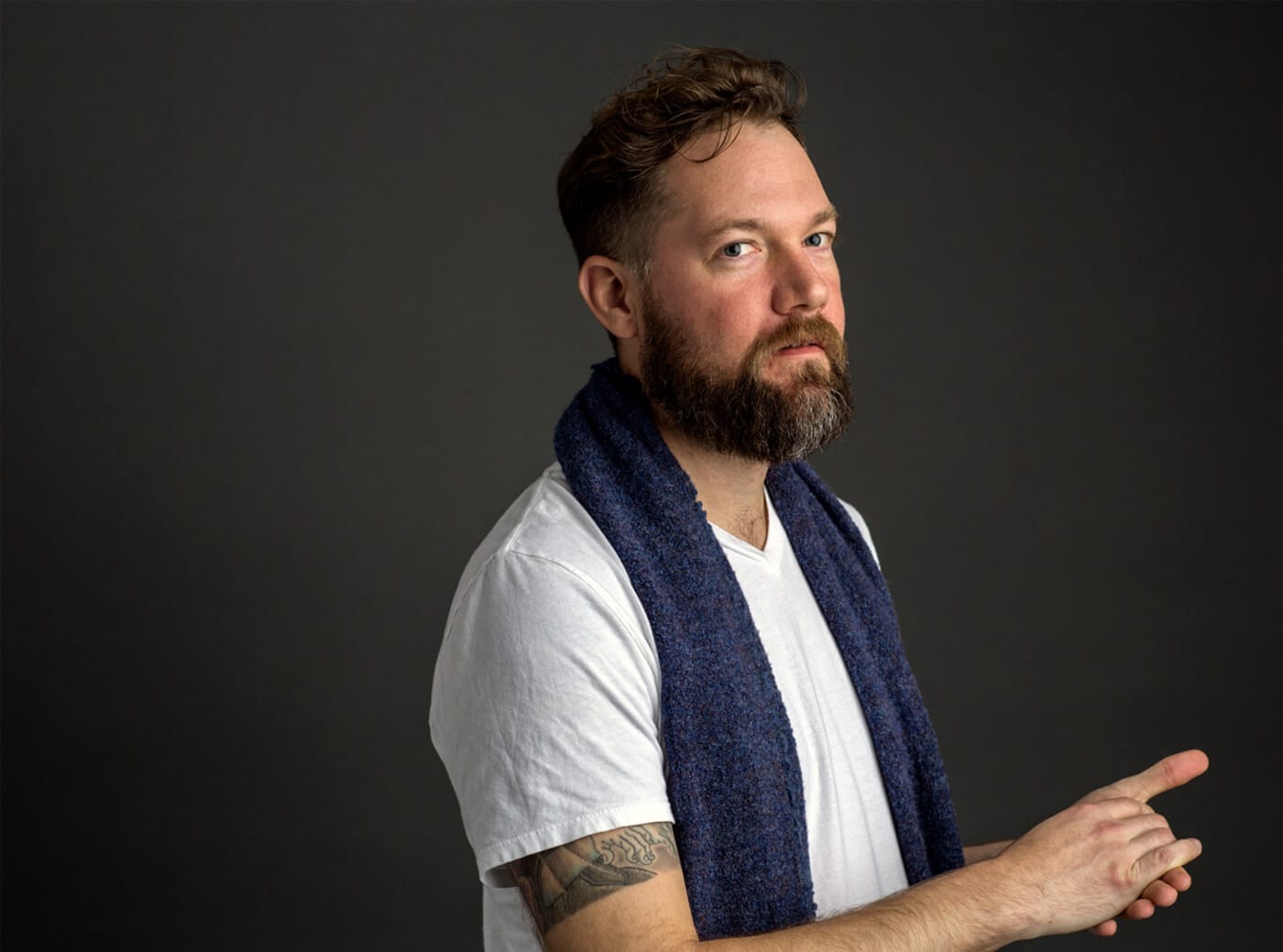Design in the most classic sense is a potent business strategy, says Firstborn executive creative director Dave Snyder.
Here's how he and his team help brands like Pepsi, Mountain Dew, and Jet.com reposition themselves through good business solutions that are equally beautiful.
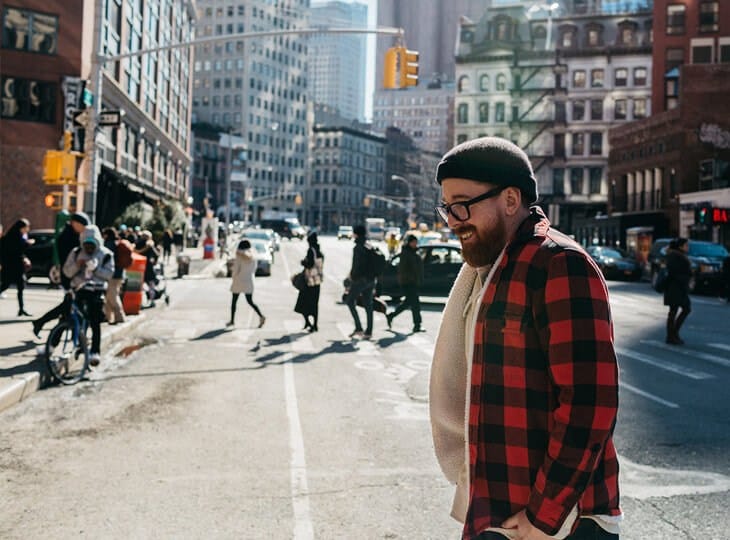
New York based Creative Director Dave Snyder was raised in LA, Taiwan, Mexico city, and Reno before eventually heading to Colorado for college (chosen, in large part, so he could snowboard 100 days a year). The title Creative Director doesn't exactly do Snyder justice as he is technically the Senior Vice President and Executive Creative Director at FirstBorn -- one of the most awarded digital agencies on the planet. Although this title might conjure up images of neckties and ego-trips, it couldn’t be further from the truth. While Snyder is most certainly opinionated, he is also extremely down-to-earth. So much so, in fact, that he happily claims that his role is not to drive the design but rather to support Firstborn’s creative team.
While some designers wax poetic about how design is intrinsically inseparable from art and some even will go as far as calling themselves artists. Not Firstborn creative director Dave Snyder. Snyder has “never believed that art is part of design.” For him, the moment you bring in someone else’s interests--like a brand’s!-- it becomes design, not art.
The outspoken Snyder has built his career around the concept of design being a great business strategy, and his current role is dedicated to pushing that process forward and helping brands like HBO, Mountain Dew, and L’Oreal reposition themselves through good design solutions.
We sat down with Snyder to get his insight into the current state of digital design and the difficulties interactive designers face compared to print designers. His opinions will succeed in igniting several lively conversations in the world of design.
99U: How were you introduced to design?
My first introduction to computers was on an Apple 2GS in 1986. Later on, skateboarding really blossomed for me in college and my buddy’s older brother was the editor of Thrasher magazine around the time I discovered photography. Thanks to that, I was learning about photography in a non-digital way and learning about design without realizing it was design.
If I had gone to school for design, I don’t think it would have worked. I really needed to learn the business side of things first, hack my way through the design phase, and then later on in my career discover true graphic design gurus. If I could redo design education entirely it would be a hybrid of business and design.
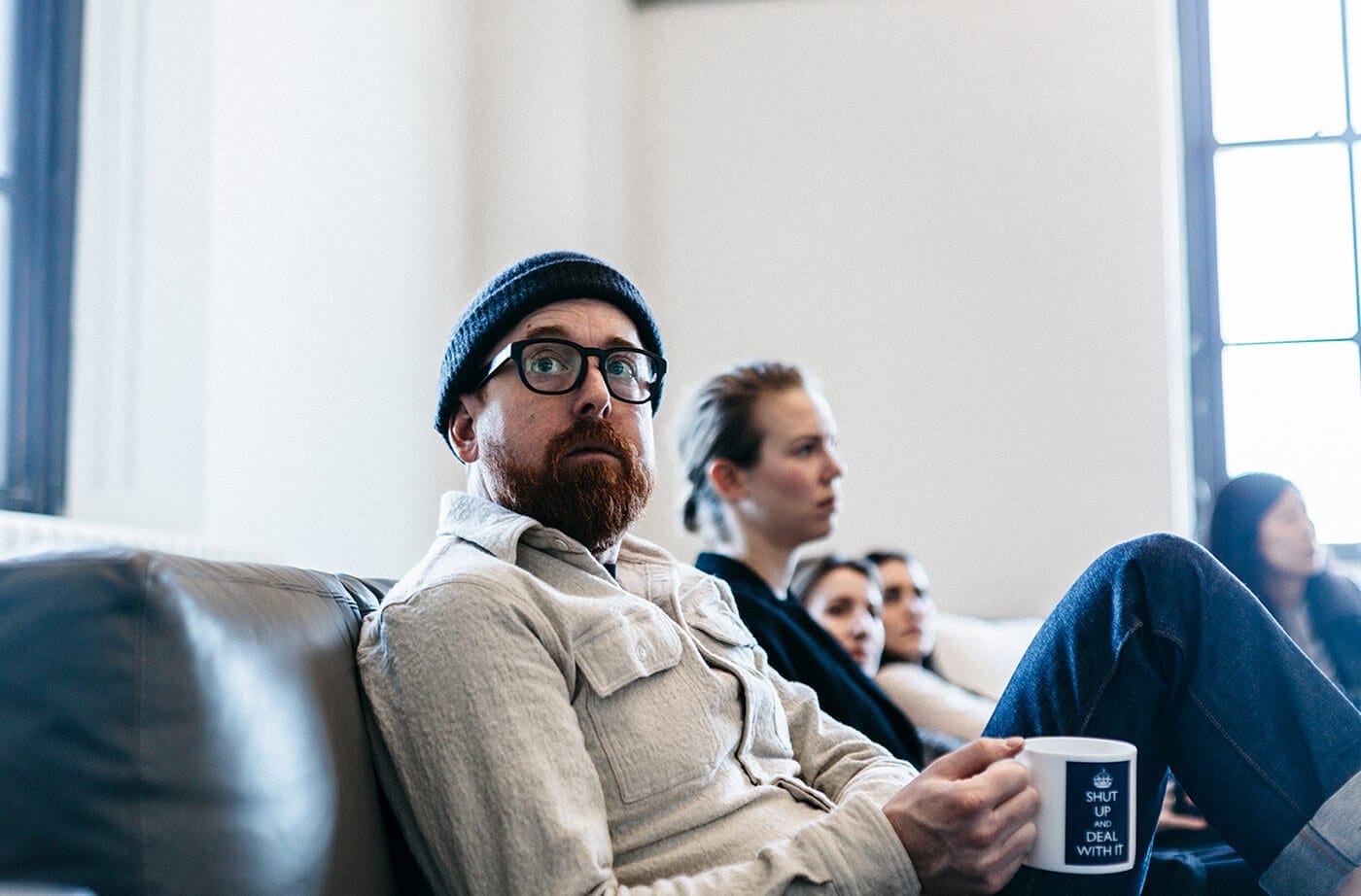
99U: Tell us about what Firstborn does and what principles it stands for.
Firstborn is about design and technology -- that’s the one constant that’s always been there. There was a big change that happened in the industry with digital trying to fight for its seat at the table and taking work from advertising agencies that we all know about. Whether it was about the mini CDS or e-commerce and VR, We have always been digital from the ground up.
The biggest change that happened in our industry was the decision that agencies had to decide whether to go either into design and technology or just “own” social. A lot of people decided to focus on what I would say was the easy money -- the social media stuff. It was the: “We’ll go ahead and manage your Facebook and Twitter and come up with campaigns around that” mentality. We wanted to focus on being able to build out the capability to reshape businesses. We have never really embraced any kind of social media support, and we don’t want to create disposable content. We want to create stuff that is actually worth watching and consuming as opposed to being tricked into watching something. We are currently focused on the larger platform type of projects, such as how we can use digital to effect a larger business view or a repositioning. This has proved to be an important shift.
99U: How do you believe digital is contributing to design today?
I use the quote, “Design is a great business strategy” a lot. Design in the most classic sense is a potent business strategy. That’s not to say it’s only about business efficiency…. Everything needs a high level of craft but even that can’t put lipstick on a pig and make people believe the pig is not a pig. Ultimately, design can differentiate one business from another. We try to make smart solutions that look great.
ULTIMATELY, DESIGN CAN DIFFERENTIATE ONE BUSINESS FROM ANOTHER. WE TRY TO MAKE SMART SOLUTIONS THAT LOOK GREAT.
99U: It seems that digital agencies are shifting service offerings towards brand building. Is that a fair assessment? And why?
At Firstborn it’s branding, communications, and digital. More and more I don’t see the difference. Your brand is your digital product more than anything. It’s a very blurry type of world but what we do more of now is the actual brand repositioning of large brands and express that through some kind of digital platform or product. With some physical services you spend more time with the app or site than the service.
99U: How is interactive design different from other disciplines in design?
I think it’s more complicated than many other disciplines, mostly because you have to deal with the reality of third party developers, user behaviors, marketers and the way it changes constantly when our devices change. I’m not down-playing paper design as there’s stress on both ends, but ultimately the complexity between the two is extremely different. You also have to deal with the real issue that someone has to code it, and it has to work with someone, so there are just more variables and it’s more fluid. It takes the same due diligence to understand the constraints of any medium and at this point in design you should be able to at least acknowledge that. I think the giant design teams at places like Facebook are stacked more towards their valuation and are creating a glut of under-qualified and over-privileged designers who are going to fuck themselves in the long term. Don’t iterate your way out of business. They are focused on a level of minutiae that is silly. People should care more about great work.
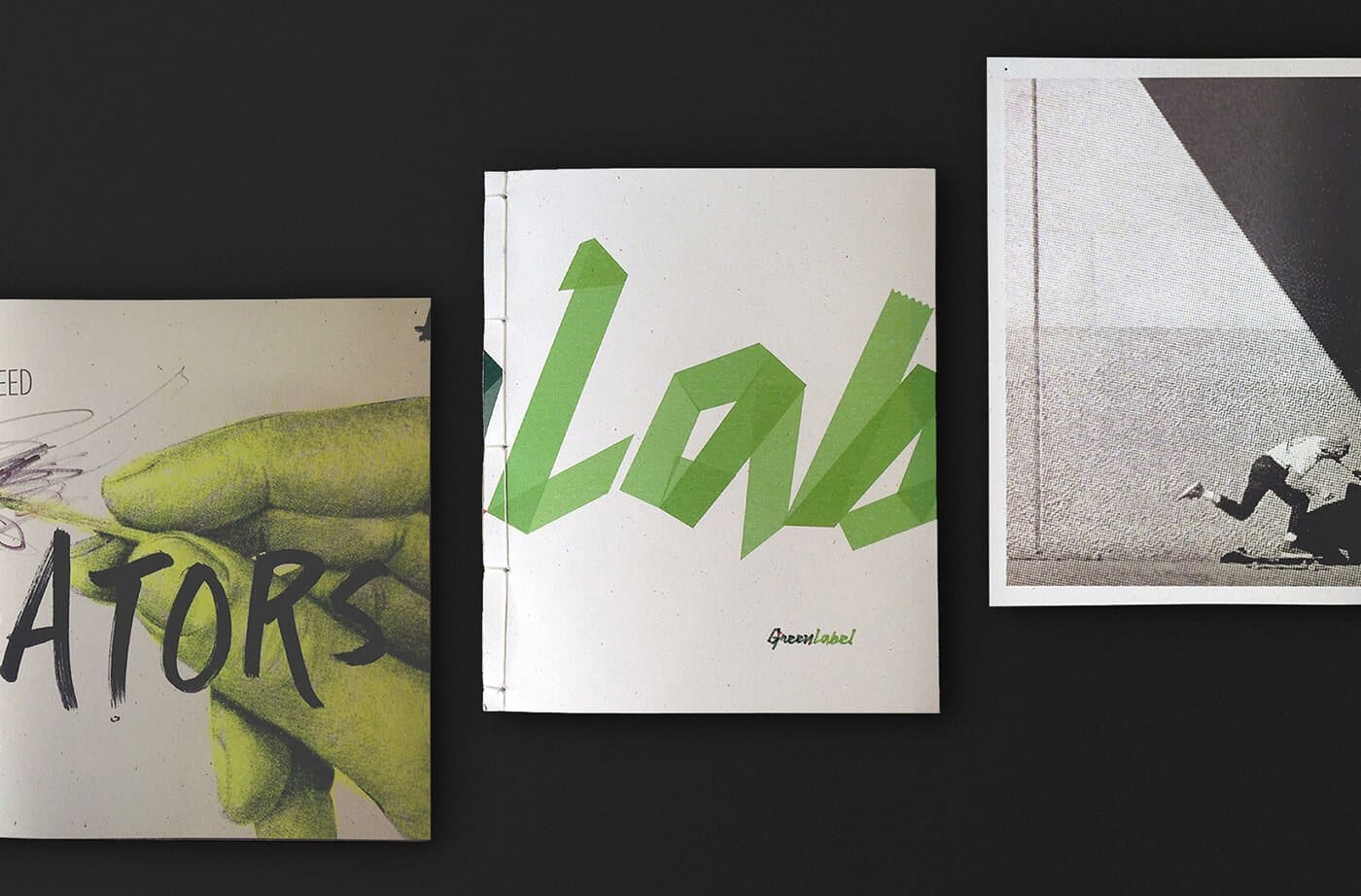
99U: Where does art live within the world of design now?
I have never believed that art is part of design. One is a commercial interest and one is a personal interest. The one thing a designer does most is deal with other people’s interests. When you have to compromise and deal with business realities, that’s being a designer. When you are solving a problem, that’s being a designer. I don’t like to conflate the two.
WHEN YOU HAVE TO COMPROMISE AND DEAL WITH BUSINESS REALITIES, THAT’S BEING A DESIGNER. WHEN YOU ARE SOLVING A PROBLEM, THAT’S BEING A DESIGNER.
99U: What are the pros and cons of working on a longer term project?
The thing I am most concerned about is how it affects my team. The more things you can get in your book the better as a young designer, and when people get stuck on a project for a year, that sucks for that person and their portfolio. A lot of times when you are in these bigger projects, the realities of business can really squash creativity and lead to something a little more conservative, so you need a balance of something fun as well.
Longer term projects are a different kind of challenge but it’s definitely where the financial stability is. It’s also interesting from the perspective of how you can affect the business of a company that is much more substantial than yours. When you work on longer projects from the ground up it allows you to act like an entrepreneur without taking the risks of being an entrepreneur and it gives you a blank canvas.

99U: As a partner, how do you balance innovation and risk for your clients?
That is honestly just a frank conversation from all parties and involves really understanding what the business goals are. I have learned a lot more about that as I’ve got older. I need to understand what drives their business and how we can play within that and craft a solution. You have to understand that somebody’s job is on the line if your idea doesn’t work. It comes down to understanding what risk really feels like and how that might affect you personally.
99U: What steps does an agency have to do to earn the trust of a client?
It’s something I wrestle with. When you are younger you think you have it all figured out and you’re not really taking into account all these other factors (market conditions, someone’s boss, etc.) A lot of it has nothing to do with the consumer. A couple of things I’ve learned over the years are learn where your clients’ bonus comes from and you’ll have a better opportunity to position your ideas in a way that will earn them more money. And consider time and experience and the perspective it gives someone.
LEARN WHERE YOUR CLIENTS’ BONUS COMES FROM AND YOU’LL HAVE A BETTER OPPORTUNITY TO POSITION YOUR IDEAS IN A WAY THAT WILL EARN THEM MORE MONEY.
99U: Besides trust what skills does a partner need to gain the most value from their agency or team?
Brutal honesty and a very candid relationship. Clients need to understand our business like we need to understand theirs. Most agencies are there to genuinely make better work for clients. The pitch process is where a ton of this could be worked out. Understanding the dollar amount they have directly affects the solution we pick so being honest about that is really important.
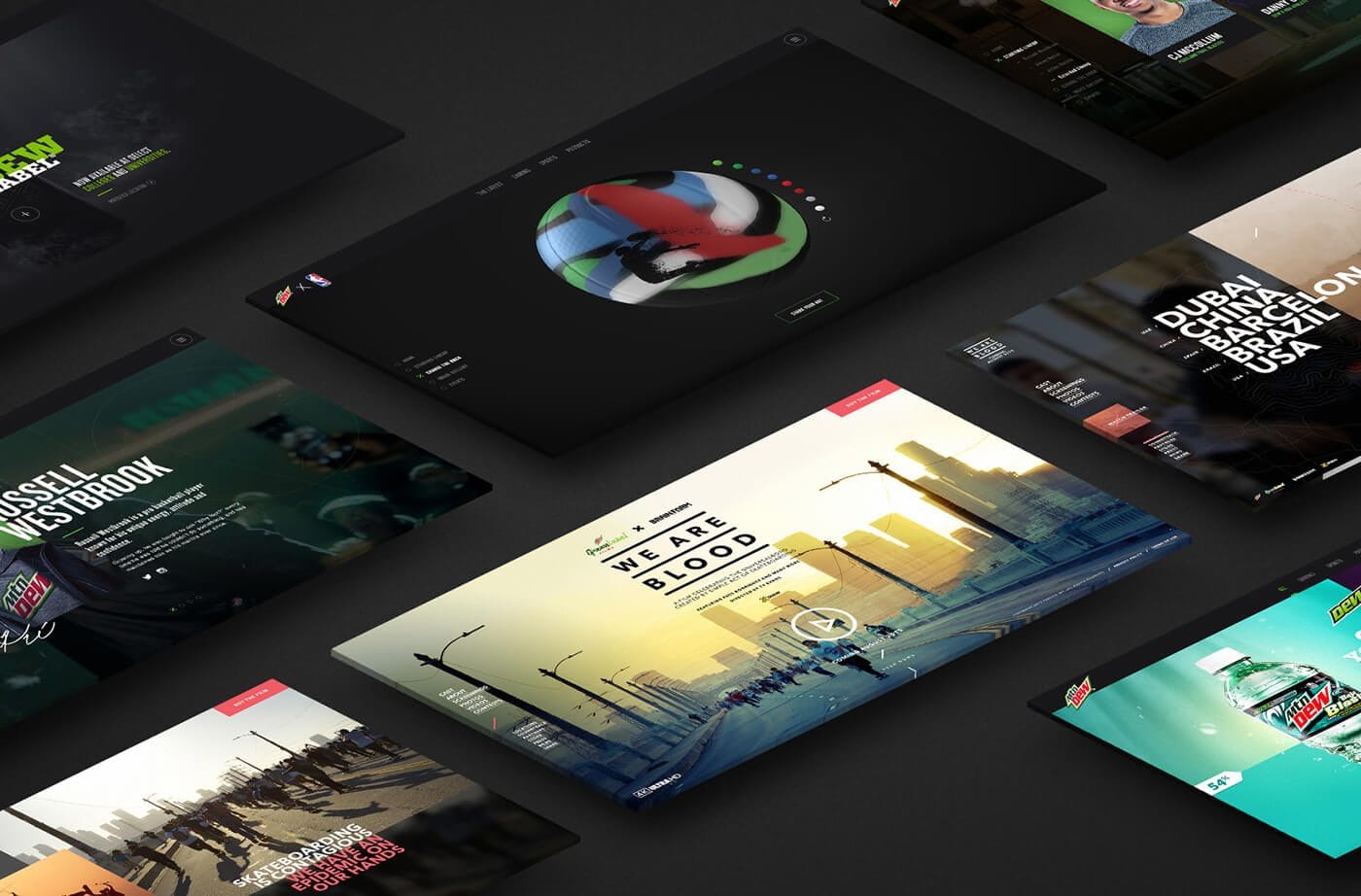
99U: Once a product has launched, there’s a lot of data. How do you choose what to focus on and where to iterate?
I think what we and the industry on the whole needs to do is convince clients to put some of the money aside for iterations. Do we do that at Firstborn all the time? No. But it is something we are trying to move towards this year as I think it is a fundamental flaw in the way business works and I feel that 50% of a budget should go towards tracking and improving. I don’t feel big businesses are ready for that though.

